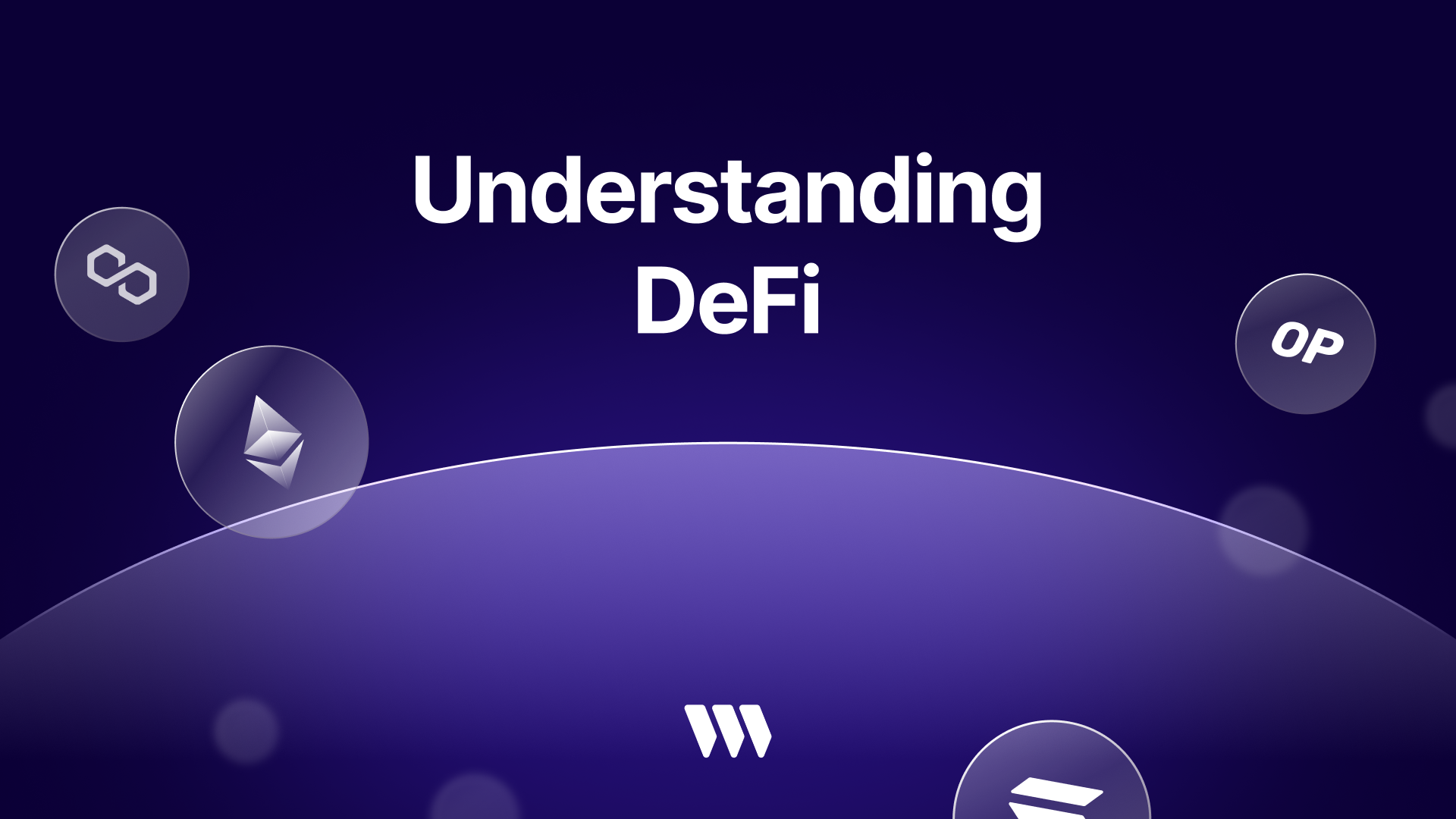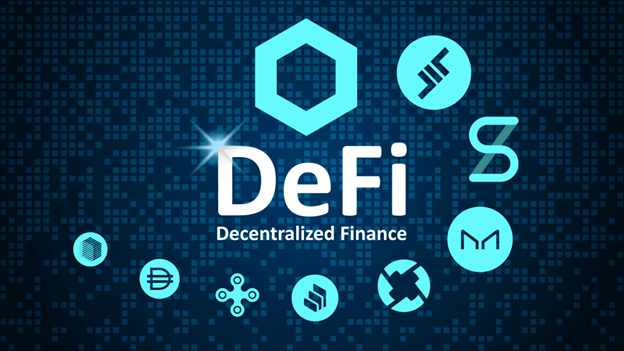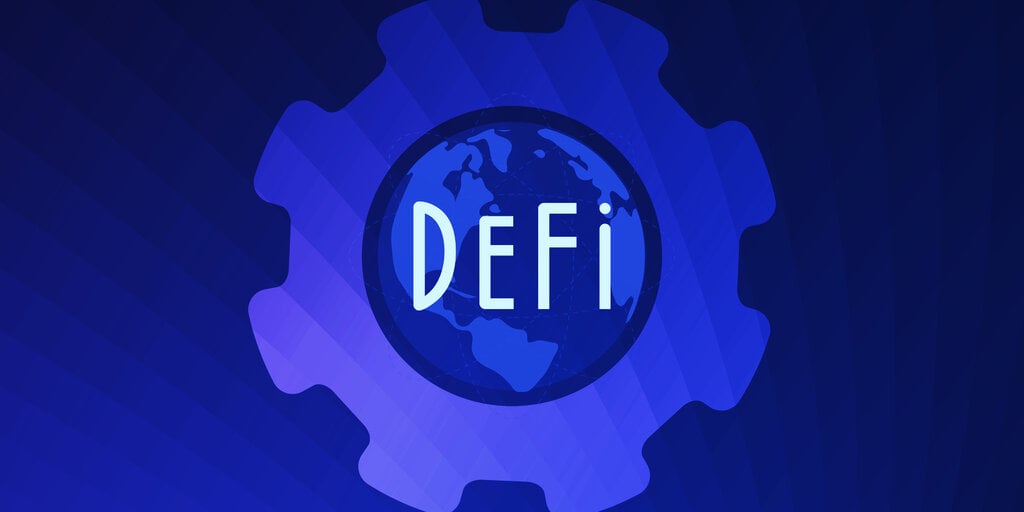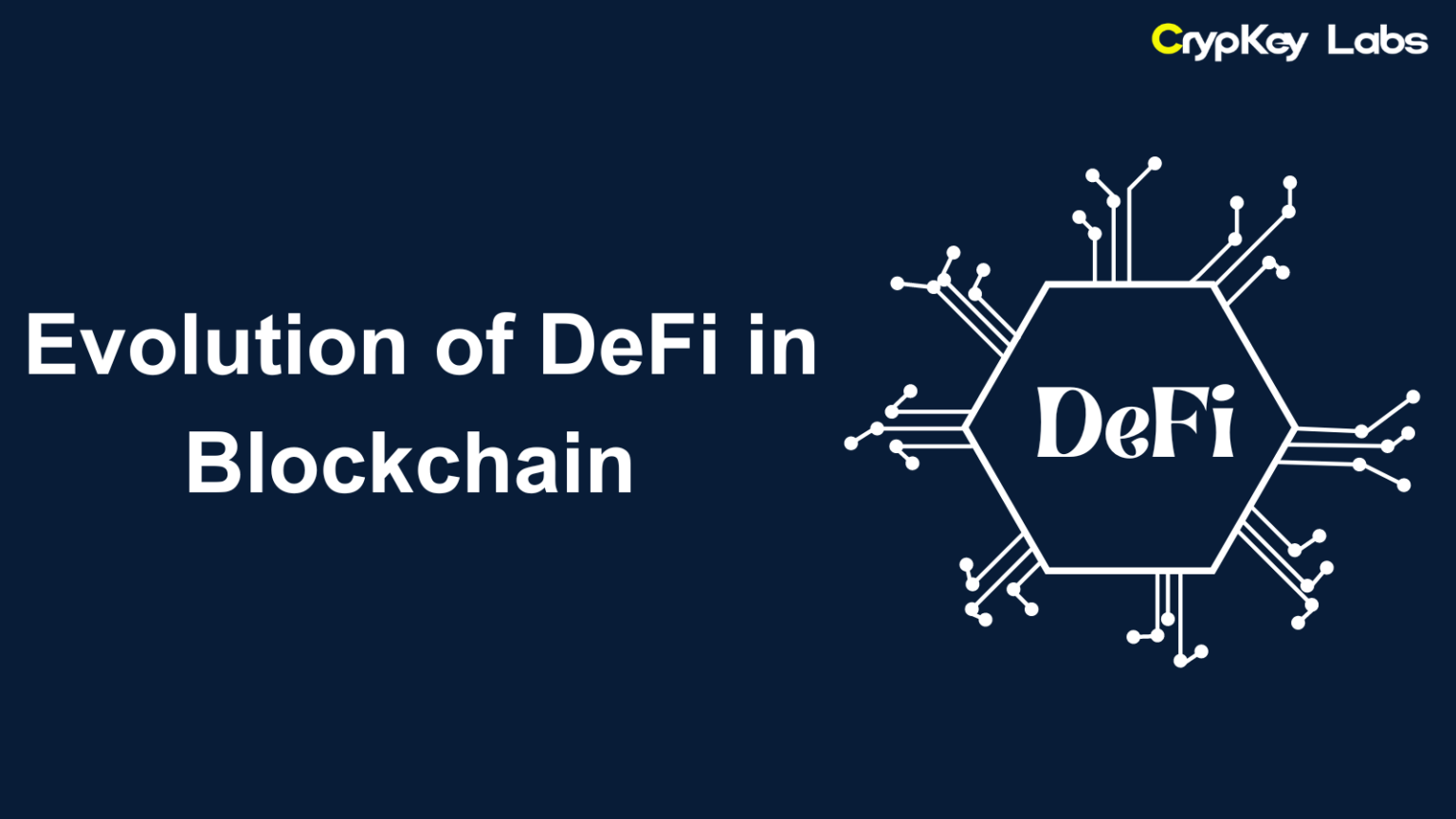Decentralized Finance (DeFi) has become a game-changer in the financial world, reshaping how people interact with money. Unlike traditional finance, which relies on central institutions like banks, DeFi operates through decentralized platforms built on blockchain technology. The evolution of DeFi in blockchain has been rapid, and its impact is undeniable, offering financial services to anyone with an internet connection.
In this blog, we’ll explore the evolution of DeFi in blockchain, from its humble beginnings to its current role as a powerful force in the financial ecosystem. We’ll also take a look at what the future holds for this transformative technology.
Understanding DeFi
Before diving into the history and development of DeFi, it’s important to understand what DeFi actually is. DeFi stands for Decentralized Finance, an umbrella term for a variety of financial services—such as lending, borrowing, trading, and investing—conducted on decentralized networks. This system is built on blockchain technology and is powered by smart contracts, which are self-executing contracts with the terms directly written into the code.
The key elements of DeFi include:
- Decentralization: No central authority governs the system.
- Transparency: All transactions are visible on the blockchain.
- Smart Contracts: These ensure that transactions are executed automatically once certain conditions are met.
Blockchain is the backbone of DeFi, and it allows for greater transparency, security, and accessibility. With blockchain, DeFi platforms operate without intermediaries like banks, allowing for faster transactions, lower fees, and global access.
The Early Days: Origins of DeFi in Blockchain
The evolution of DeFi in blockchain started with the advent of blockchain technology, particularly with the Ethereum network. Ethereum’s blockchain introduced the concept of smart contracts, which was the foundation needed to create decentralized financial services.
In the early days, platforms like MakerDAO and Compound pioneered the DeFi space by offering decentralized lending and borrowing services. These platforms allowed users to lock up cryptocurrency as collateral and borrow against it, without the need for a bank or credit check.
While the early stages of DeFi were promising, the ecosystem faced challenges like scalability, user adoption, and security vulnerabilities. Nevertheless, the technology continued to develop, with innovators improving upon these issues over time.
Key Milestones in the Evolution of DeFi
Several key milestones have shaped the evolution of DeFi in blockchain, pushing it from a niche market to a multibillion-dollar industry.
1. Rise of Decentralized Exchanges (DEXs)
One of the significant breakthroughs in DeFi came with the rise of Decentralized Exchanges (DEXs) like Uniswap. Traditional exchanges are centralized, meaning they are controlled by a single entity, which poses risks like hacks and liquidity problems. DEXs, on the other hand, operate without intermediaries, using smart contracts to facilitate peer-to-peer trading. Uniswap, in particular, revolutionized the space by introducing automated market makers (AMMs), which eliminated the need for order books and made trading more accessible.
2. Stablecoins and Their Impact on DeFi
Another critical development in the DeFi space was the rise of stablecoins. Cryptocurrencies are notoriously volatile, which makes them less practical for everyday use. Stablecoins, like USDT, USDC, and DAI, are pegged to stable assets such as the US dollar, making them more suitable for financial services like lending and payments. The introduction of stablecoins helped stabilize the DeFi ecosystem, making it easier for users to participate without worrying about price fluctuations.
4. DeFi Summer 2020
The summer of 2020, often referred to as “DeFi Summer,” marked a major turning point in the evolution of DeFi in blockchain. During this period, the total value locked (TVL) in DeFi protocols surged from just under $1 billion to over $10 billion. This explosive growth was fueled by the introduction of new DeFi platforms, yield farming opportunities, and heightened media attention.
The Maturing DeFi Ecosystem
As the DeFi ecosystem matured, it began to address some of the challenges that had plagued it in the early days. Let’s take a look at how DeFi has evolved beyond its initial phase.
1. Integration with Traditional Finance (TradFi)
One of the most exciting developments in the evolution of DeFi in blockchain is the integration with traditional finance (TradFi). Major financial institutions are now recognizing the potential of DeFi and are exploring partnerships with DeFi platforms. This integration is helping bridge the gap between decentralized and traditional finance, bringing more legitimacy to the space and attracting institutional investors.
2. Cross-Chain DeFi
As DeFi platforms began to grow, it became clear that they needed to operate across multiple blockchain networks to scale effectively. This led to the rise of cross-chain DeFi, which allows DeFi applications to operate on various blockchains, not just Ethereum. Protocols like Polkadot and Cosmos are enabling this interoperability, which is crucial for the future growth of DeFi.
3. Governance and Decentralized Autonomous Organizations (DAOs)
A significant trend in the evolution of DeFi in blockchain has been the rise of Decentralized Autonomous Organizations (DAOs). DAOs allow DeFi users to participate in the governance of the platforms they use, making decisions about updates, policies, and protocol improvements. This decentralized governance model ensures that the community has a say in how DeFi platforms evolve.
Challenges and Risks in DeFi
While DeFi has seen tremendous growth, it’s not without its challenges and risks.
1. Security Vulnerabilities
The decentralized nature of DeFi means that there is no central authority to reverse transactions or fix errors. As a result, DeFi platforms have been the target of hacks and exploits. High-profile incidents, such as the Poly Network hack, have exposed vulnerabilities in DeFi’s security protocols.
2. Regulatory Concerns
As DeFi continues to grow, it has attracted the attention of regulators around the world. Governments are grappling with how to regulate this new financial paradigm while balancing innovation and consumer protection. The future of DeFi regulation remains uncertain, but it is likely that some form of oversight will be introduced.
3. Scalability Issues
DeFi platforms, especially those on Ethereum, have faced issues with scalability. Network congestion and high gas fees have been significant barriers to adoption. However, solutions like Layer 2 protocols (e.g., Optimism, Arbitrum) and alternative blockchains (e.g., Solana, Binance Smart Chain) are helping to mitigate these issues.
The Future of DeFi in Blockchain
The evolution of DeFi in blockchain is far from over. As blockchain technology continues to advance, we can expect DeFi to grow and evolve in exciting ways. Some emerging trends include:
- DeFi 2.0: The next phase of DeFi, which focuses on improving sustainability and scalability.
- Tokenization of real-world assets: DeFi is starting to explore how to tokenize real-world assets like real estate and art.
- Decentralized insurance: DeFi is expanding beyond financial services to offer decentralized insurance products, providing coverage for hacks and smart contract failures.
Conclusion
The evolution of DeFi in blockchain has been nothing short of revolutionary. From its early days of experimentation to becoming a multibillion-dollar industry, DeFi has proven its potential to disrupt the global financial system. As DeFi continues to mature and overcome its challenges, it will play an even more significant role in the broader blockchain ecosystem. Now is the perfect time to explore the opportunities DeFi has to offer as it continues to shape the future of finance.







